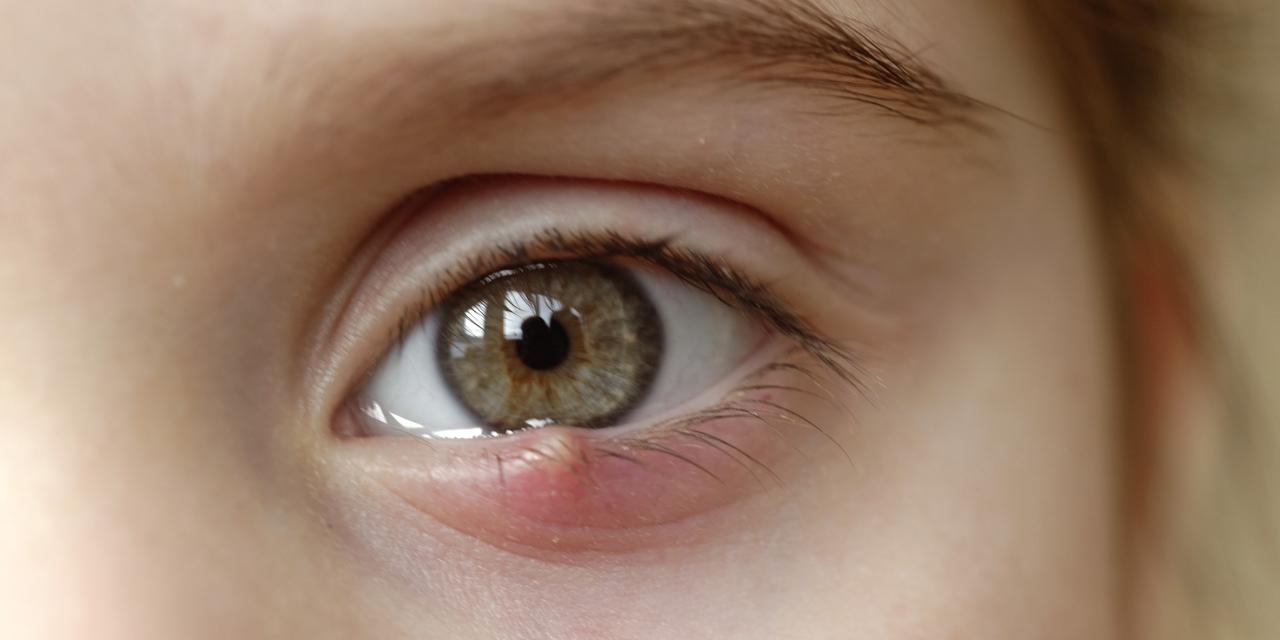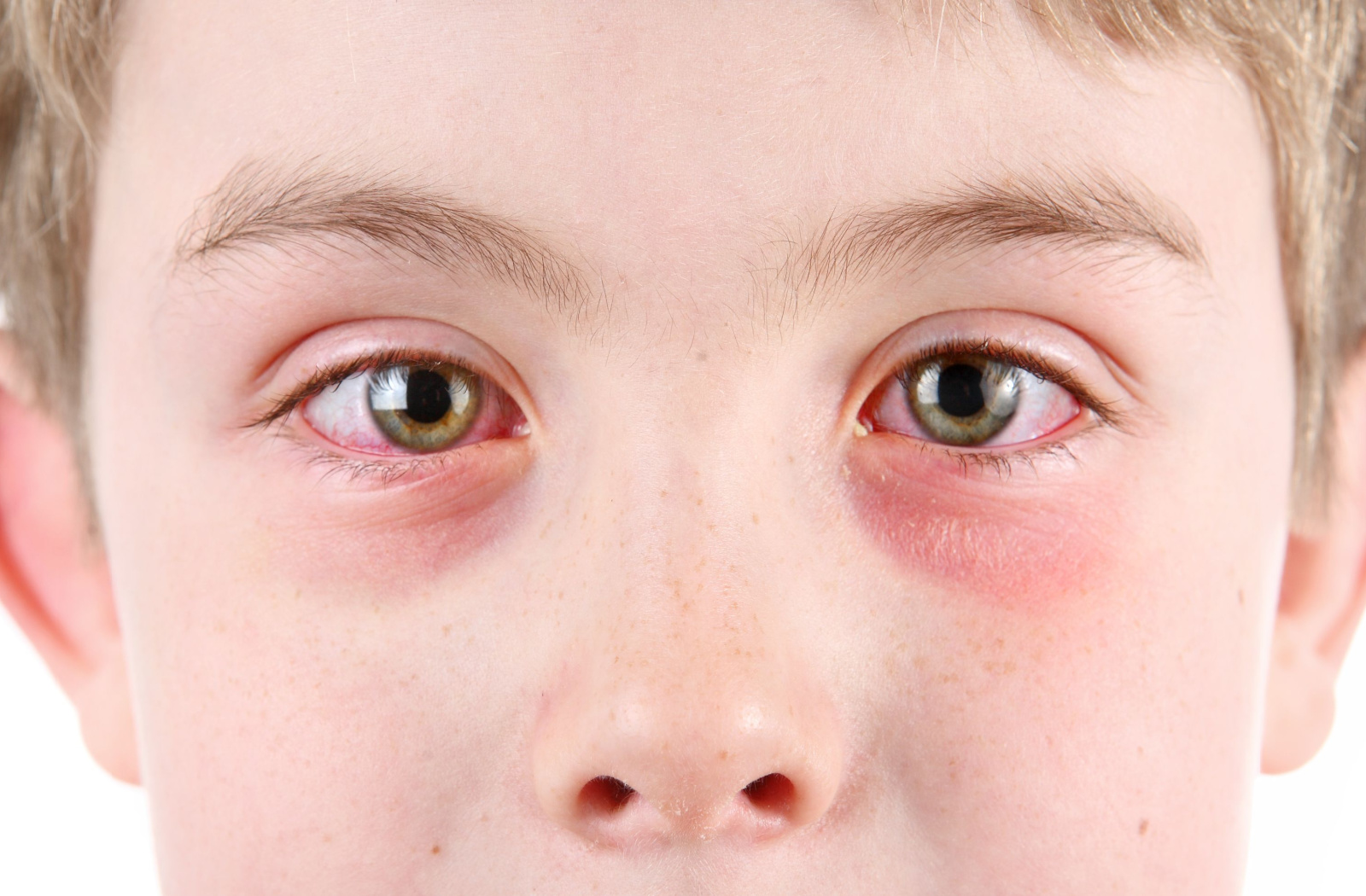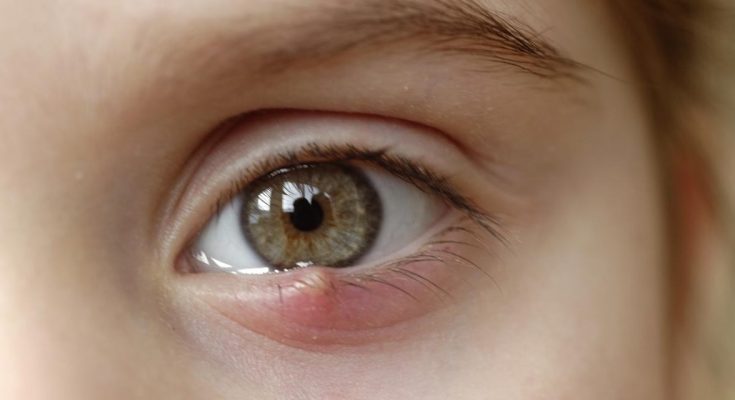Decoding the Mystery of Eye Infections: A Comprehensive Guide
Experiencing persistent eye irritation? Redness, watering, morning crustiness, swollen eyelids, or increased light sensitivity are not just signs of a sleepless night or allergies. They could signal an eye infection, a common yet potentially serious condition affecting people of all ages.
What Exactly is an Eye Infection?
An eye infection arises when bacteria, viruses, or other microscopic invaders infiltrate the eye or its surrounding structures. This can include the cornea (the eye’s clear outer layer), the conjunctiva (the membrane covering the white of the eye), or even the inner eyelids. The severity varies greatly, ranging from mild discomfort and blurry vision to potentially vision-damaging complications if left untreated. Thankfully, most eye infections respond well to treatment, particularly when addressed early.
Who’s at Risk? Understanding Your Susceptibility
Factors Increasing Your Risk:
While anyone can develop an eye infection, certain factors heighten your chances. These include:
- Improper contact lens hygiene (especially sleeping in them)
- Touching your eyes with unwashed hands
- Exposure to irritants (dust, smoke, allergens)
- Using old or shared makeup and eye drops
- A compromised immune system
Even individuals with perfect vision and a history of healthy eyes are vulnerable if they neglect proper hygiene.
Common Types of Eye Infections: A Closer Look
1. Conjunctivitis (Pink Eye): The Common Culprit

Conjunctivitis, or pink eye, is a highly recognizable infection causing redness, itching, and eye discharge. Its causes vary: viral conjunctivitis is highly contagious and often accompanies respiratory illnesses; bacterial conjunctivitis results in thicker, yellow or green discharge and sticky eyelids; and allergic conjunctivitis, triggered by allergens, presents with intense itching and watery eyes.
2. Stye (Hordeolum): A Painful Bump
A stye, a small, painful lump near the eyelid’s edge, is caused by a blocked oil gland. Resembling a pimple, it’s usually tender to the touch. While generally not dangerous, it can be uncomfortable and may require several days to heal naturally.
3. Keratitis: Infection of the Cornea
Keratitis, an infection of the cornea, is often caused by bacteria, viruses, or parasites and is more prevalent among contact lens wearers. Symptoms include pain, sensitivity to light, blurred vision, and the feeling of a foreign object in the eye. Prompt treatment is crucial to prevent serious complications.

4. Blepharitis: Inflammation of the Eyelids
Blepharitis, an inflammation of the eyelids, typically stems from blocked oil glands or bacterial infection. It manifests as red, swollen eyelids, flaky skin near the eyelashes, and a burning or gritty sensation.
Recognizing the Warning Signs: Symptoms of Eye Infections
Early detection is key. Common symptoms include:
- Red or pink whites of the eyes
- Excessive tearing or watering
- Itching or burning
- Eyelid swelling
- Discharge (clear, yellow, green, or white)
- Light sensitivity
- Blurred vision
- Eye lash crusting (especially mornings)
If you notice any of these, avoid touching your eyes and seek professional help immediately.
Diagnosis and Treatment: Getting the Right Care
Diagnosis usually involves a physical examination and discussion of your symptoms. A discharge sample might be tested to pinpoint the cause and guide treatment. Treatment varies depending on the infection’s cause:

- Bacterial: Antibiotic eye drops or ointments
- Viral: Often self-resolving, but comfort may be improved with lubricating drops or cool compresses.
- Allergic: Antihistamine eye drops and allergen avoidance
- Styes: Warm compresses; severe cases may need drainage.
Refrain from wearing contact lenses or eye makeup during treatment. Strictly follow your healthcare provider’s instructions to prevent infection spread or worsening.
Ignoring the Problem: The Risks of Untreated Eye Infections
While mild infections may resolve with home care, ignoring persistent symptoms can lead to:
- Prolonged discomfort
- Vision impairment
- Spread of infection
- Corneal ulcers or scarring (especially with keratitis)
Early diagnosis and appropriate treatment minimize complications and restore eye health.
Prevention: Your First Line of Defense
Good eye hygiene is paramount:
- Frequent handwashing, especially before touching your eyes
- Avoid rubbing your eyes
- Proper contact lens cleaning and appropriate wear (no sleeping unless advised by your doctor)
- Replace eye makeup regularly (every 3 months) and avoid sharing
- Use clean towels and avoid sharing
- Wear protective eyewear when swimming or in dusty environments
When to Seek Immediate Medical Attention
Consult a doctor or optometrist if:
- Symptoms last over 3 days
- You experience pain, swelling, or vision changes
- Thick or colored discharge is present
- Contact lens discomfort occurs
- Both eyes are affected
Prompt care ensures faster recovery and prevents long-term eye damage.



